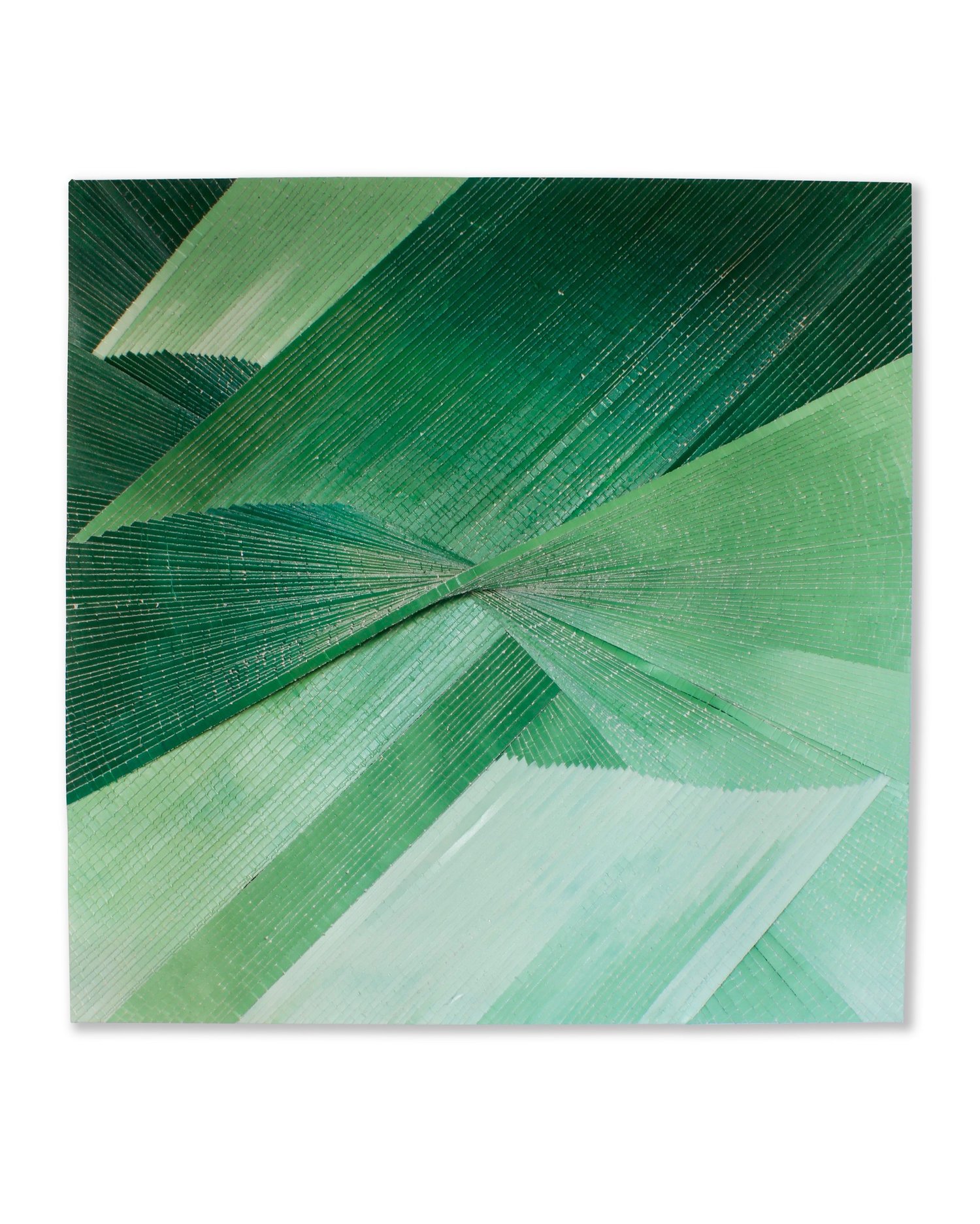5. Does your work have a conceptual purpose or greater meaning? If so, do you center your making around these concepts?
I hope that the Painting’s existence starts to beg questions about it’s own making. I think the way I make a painting opens up all kinds of possibilities and conversations.
For example, when you start to ask how this thing was made you can start talking about destruction, care, rebuilding, scaling down, color relationships, form, bodies, framing, painting, weaving, gender, history and labor.











